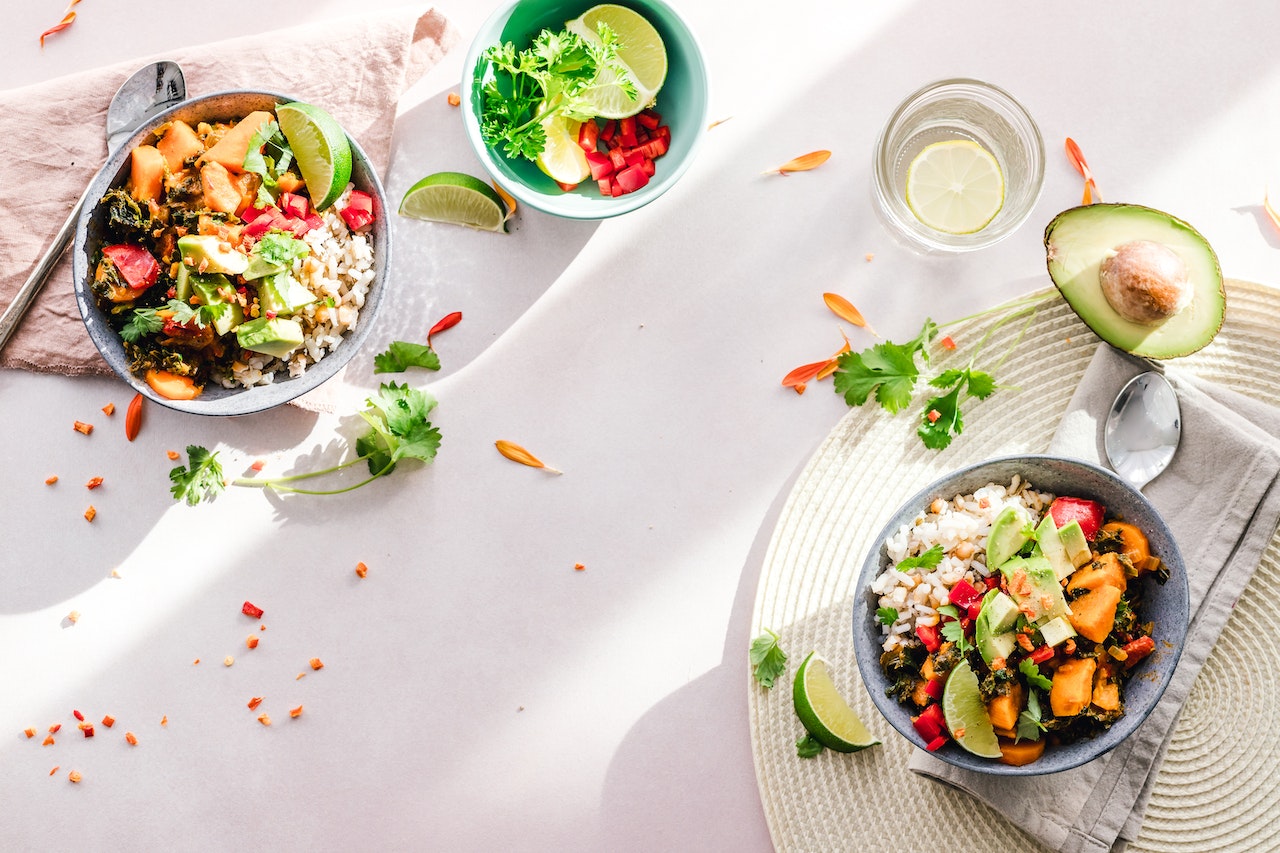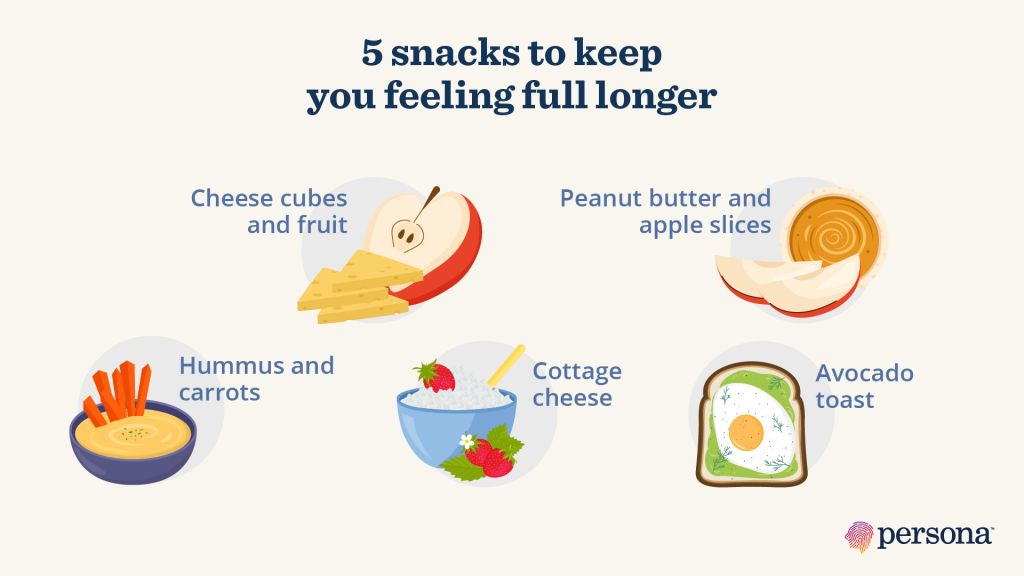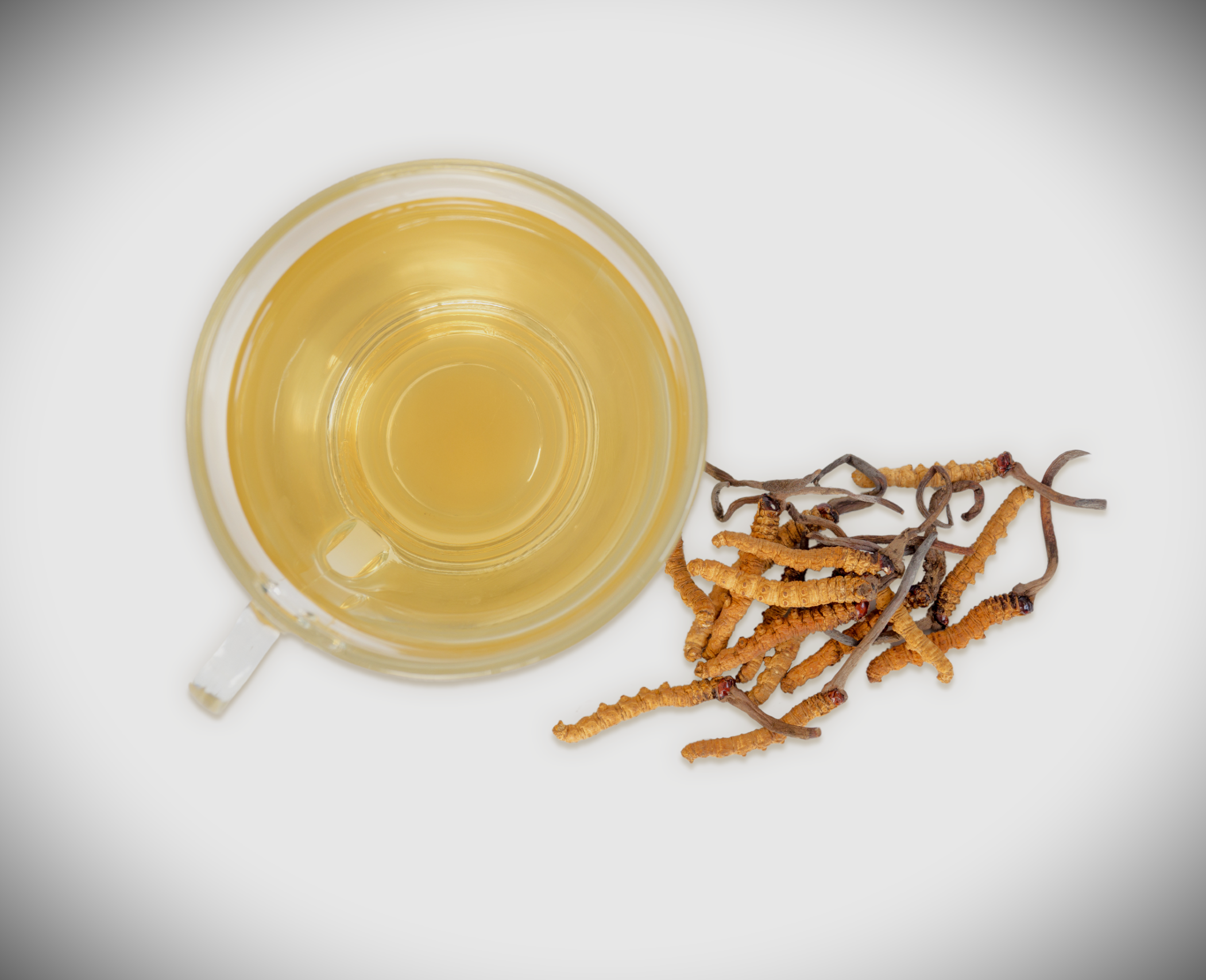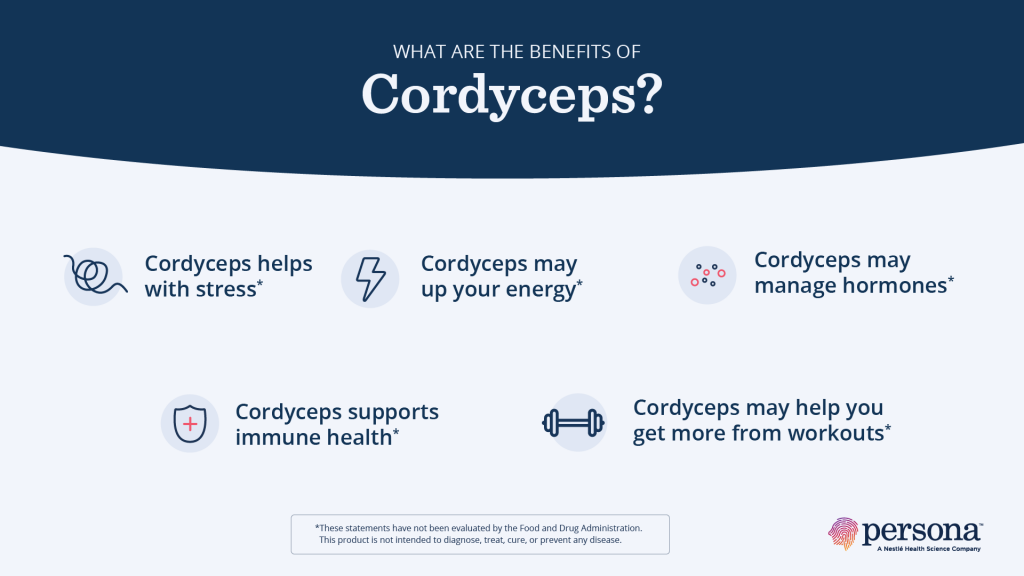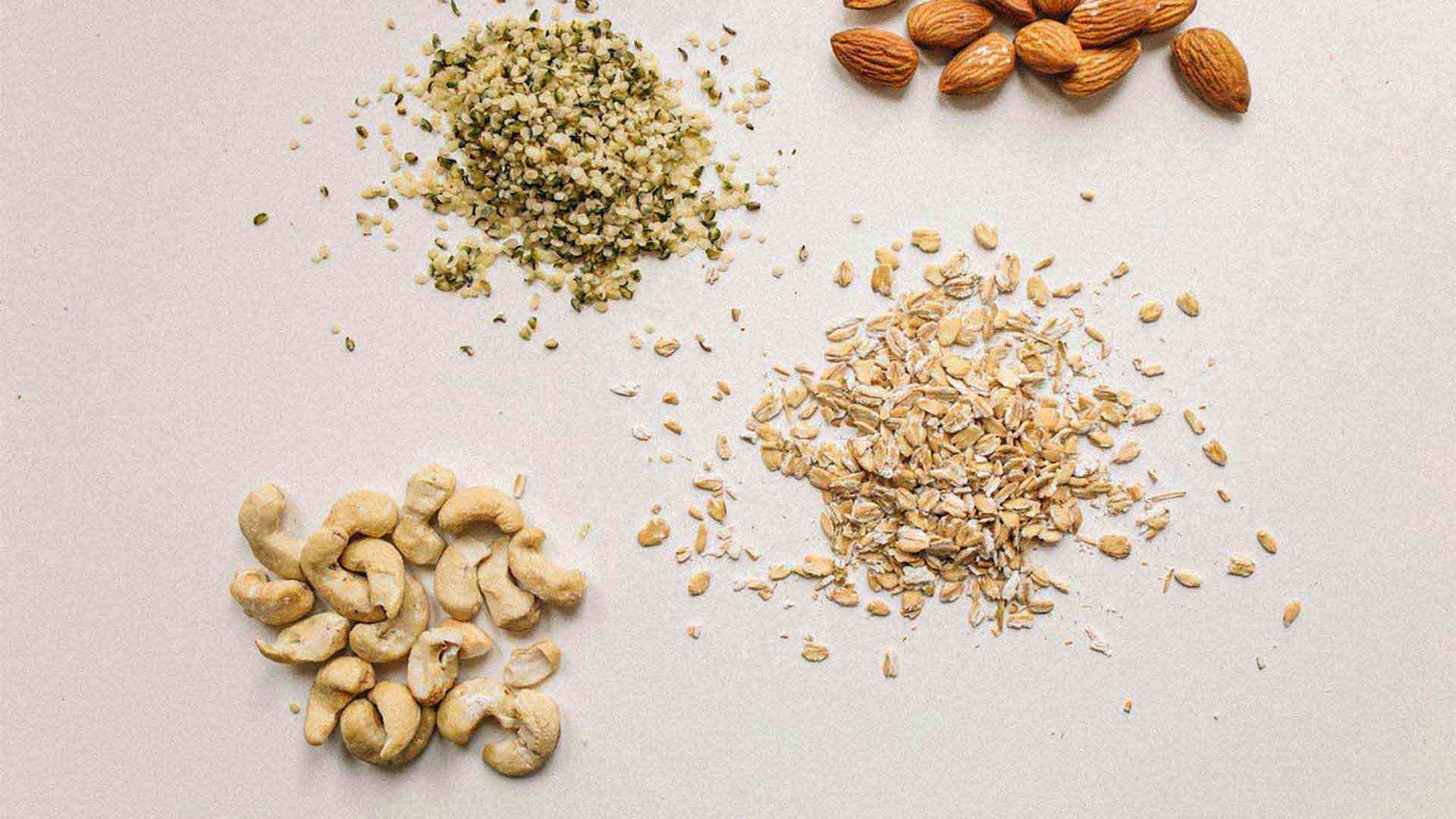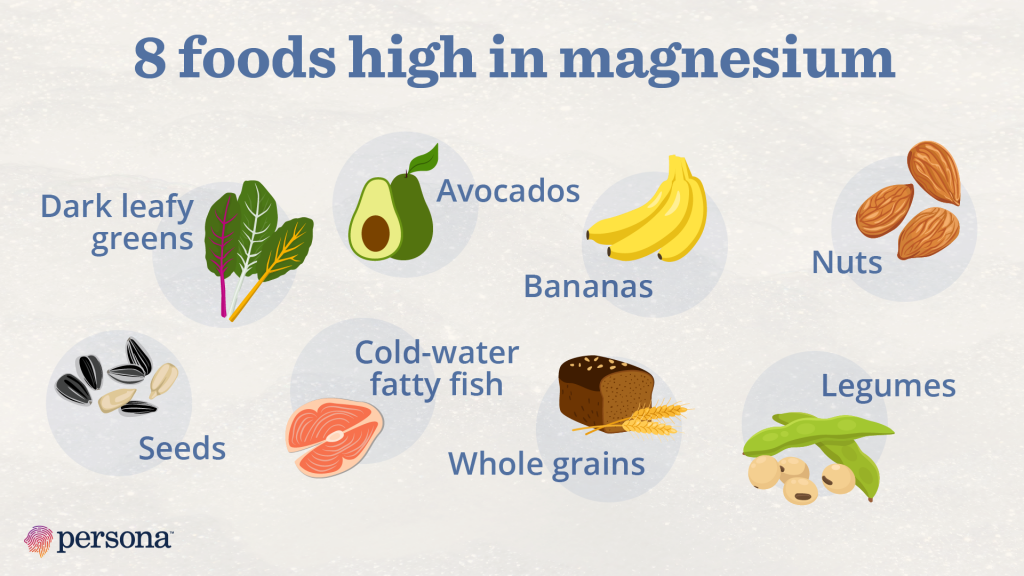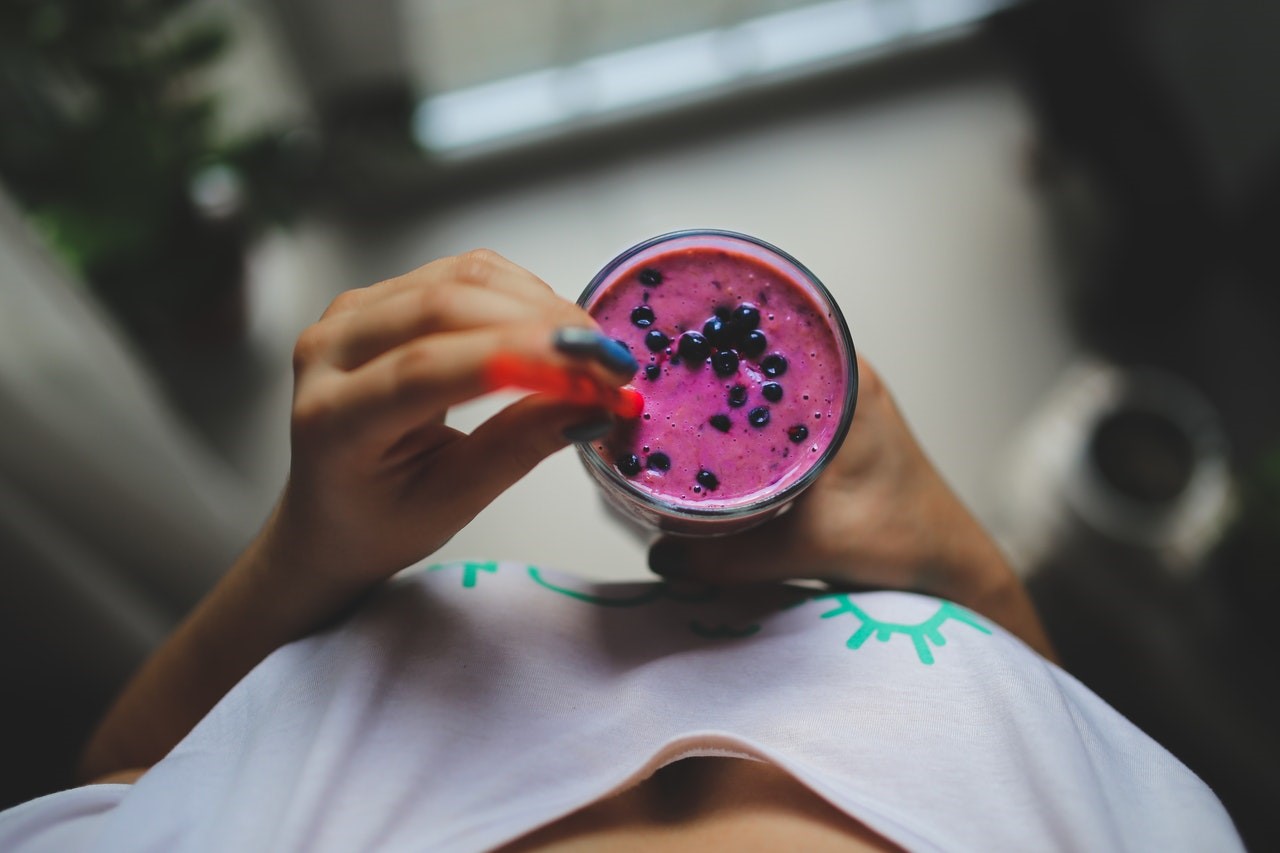When you hear “antioxidant”, you probably imagine vibrant fruits and vegetables like berries or kale. But recently, one powerful—and essential—antioxidant has been getting a much-deserved 15 minutes of fame: CoQ10. While this natural compound is nothing new (your body makes it!), we’ve been learning a lot more about its role in your body, and some of those insights have pushed it into the limelight. So let’s jump into what CoQ10 is and why it’s so important.
What’s Coenzyme Q10 (aka CoQ10)?
CoQ10 is a vital nutrient found in all your cells. It toils away in your mitochondria—the powerhouse of your cells—to helps convert food and oxygen into ATP, your body’s main energy transporter. Without enough CoQ10, ATP levels drop, meaning less energy is gets to important tissues and organs, leading to sluggishness and even impaired health.
This mighty little nutrient is also a strong antioxidant, meaning it helps reduce damage to cells by quenching free radicals, harmful substances that can cause a list of illnesses when they’re allowed to build up.
Your body naturally makes CoQ10 in small amounts, but levels slowly decline with age. Luckily, you can get it from certain foods or take it as a supplement to replenish your body’s stores (more on that later).
CoQ10 vs Ubiquinol: What’s the difference?
CoQ10 (ubiquinone) and ubiquinol are essentially the same thing, differing only in their structure. Ubiquinol is the active form of CoQ10 that’s better absorbed and more efficiently used by your body.
Whereas CoQ10 needs to be converted into the form of ubiquinol to fully be used by your cells. While it may be less efficient, CoQ10’s structure is a lot more stable – and is the reason it’s more commonly found in dietary supplements and topical products.
What are the health benefits of CoQ10?
1. CoQ10 promotes heart health*
This powerful antioxidant is probably best known for its potential heart benefits. CoQ10 plays a key role in the synthesis of energy within the heart muscle and blood vessels. How this works, exactly, is still being studied, but experts think an increase in energy might help your heart pump more efficiently, which can lead to better overall heart health.*
2. CoQ10 promotes brain health*
Your brain cells need a huge amount of energy to fuel your thoughts and other mental processes. If mitochondria in brain cells don’t operate properly—hampered by free radicals, for example—it can lead to fatigue, brain fog, poor memory and more. CoQ10 helps protect mitochondria and brain cells by reducing free radical damage to help your brain stay healthy and sharp.*
3. CoQ10 helps with exercise performance*
Whether you’re trying to be a better cyclist or set a new record at the gym, CoQ10 can help with your exercise performance.* The antioxidant helps reduce stress and fatigue in muscle cells*, improving the intensity and duration of your workout. But its benefits don’t stop there: CoQ10 helps your body recover better too.* That doesn’t mean it’ll replace your rest days—your muscles still need time to rest and repair—but you may feel a lot better when you’re back on again.
4. CoQ10 helps with skin health*
Your body is constantly fending off free radicals from environmental stressors like germs, pollution and the sun, that can damage and age your skin. CoQ10’s antioxidant properties mean it can join this fight, helping to shield you against free radical damage and prevent signs of premature aging like fine lines and loose skin.* But CoQ10 also energizes skin cell activity, meaning it helps flush out toxins and replace old, damaged cells to ensure your skin stays healthy.*
5. CoQ10 helps with hair health*
This might be surprising, but your scalp needs a lot of energy to keep your hair and follicles healthy. CoQ10 can help with this by increasing cellular energy and blood flow to your scalp* so it functions well, according to some research.
What foods have CoQ10?
Some of the best sources of CoQ10 include:
- seafood (rainbow trout, tuna and salmon)
- meats
- pistachios
- peanuts
- sesame seeds
- eggs
- broccoli
- strawberries
CoQ10 is a fat-soluble nutrient, meaning its best absorbed with paired with a healthy fat!
A delicious, CoQ10-rich salad recipe
Serves: 2
Ingredients:
- 4 cups mixed green salad
- 1 can wild salmon (6 ounces)
- 1 cup cherry tomatoes, sliced in half
- ½ avocado, sliced
- 1 orange, peeled and cut into pieces
- ¼ cup chopped pistachios, for garnish
- Sea salt and pepper, to taste
Directions:
1. In a large bowl, combine all ingredients.
2. Stir in your favorite salad dressing and season with sea salt and pepper to taste. Enjoy!
For more energy recipes, check out: A nutritionist’s 4 favorite energy-boosting breakfasts
About JoAnne
JoAnne is a Certified Nutritionist with a Bachelor’s of Science in Dietetics and a Master’s in nutrition from Bastyr University. Before Persona, JoAnne worked in a supplement company for years, providing her with vast knowledge of supplements, herbs, and dietary protocols.
Do you have questions about supplements? Reach out to one of our experts, or take Persona’s free nutrition assessment, and learn exactly what you need to take your wellness to the next level.
*These statements have not been evaluated by the Food and Drug Administration. This product is not intended to diagnose, treat, cure, or prevent any disease.
This information is not intended as a substitute for the advice provided by your physician or other healthcare professional, or any information contained on or in any product label or packaging. Do not use the information from this article for diagnosing or treating a health problem or disease, or prescribing medication or other treatment. Always speak with your physician or other healthcare professional before taking any medication or nutritional, herbal, or homeopathic supplement, or using any treatment for a health problem. If you have or suspect that you have a medical problem, contact your health care provider promptly. Do not disregard professional medical advice or delay in seeking professional advice because of something you have read in this article.
